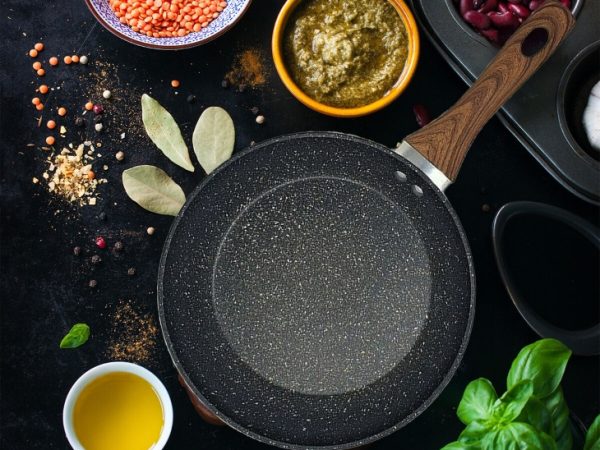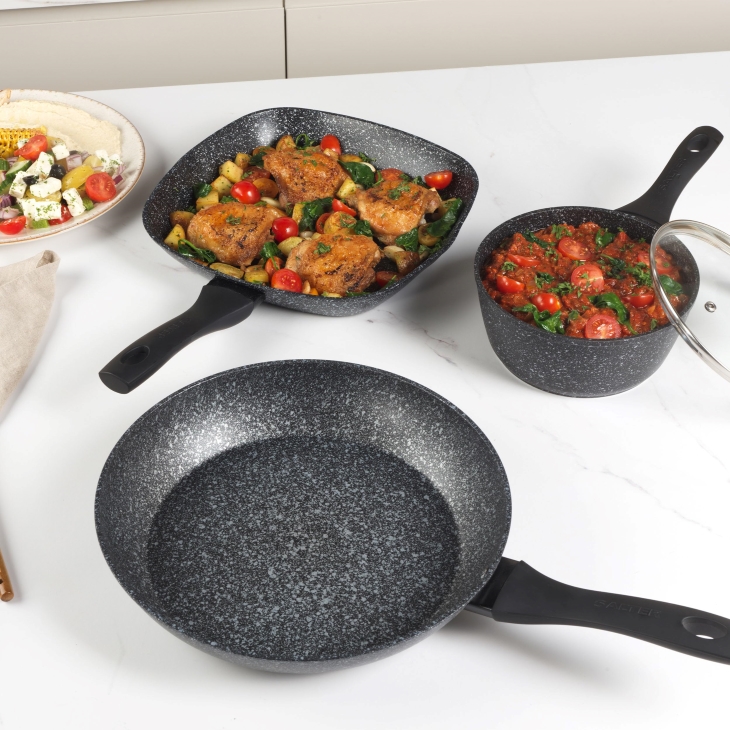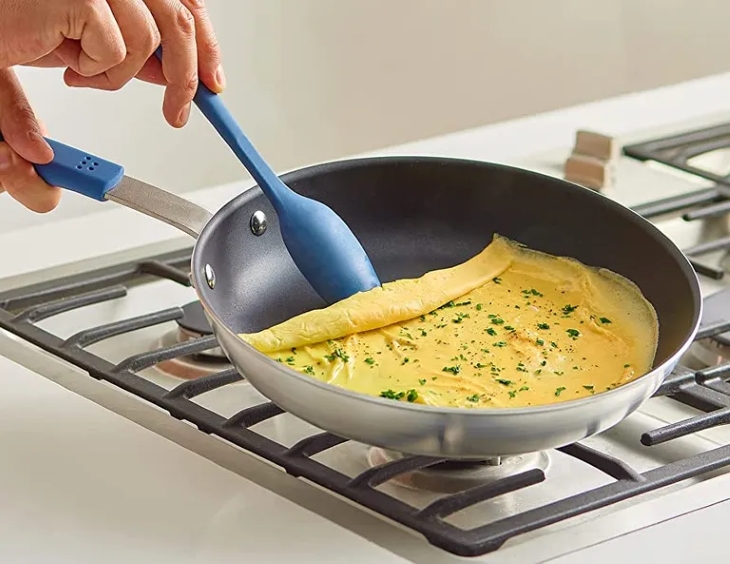24
Apr

There’s nothing quite like preparing meals at home. Not only is it scientifically linked to eating a more diverse and higher-quality diet, but it’s also associated with feelings of love and joy. The simple act of doing something for yourself and your family can be deeply satisfying, relaxing, and beneficial for your mental health, unless something goes wrong. Often, when a meal goes awry, the culprit isn’t the recipe or your skills, but your cooking appliances.
Kitchen essentials play a crucial role in meal preparation, particularly when it comes to convenience, timing, and taste. Among these, a high-quality frying pan is vital. Whether you’re frying, grilling, or sautéing, your pan should make the process effortless. The easiest way to ensure this? Invest in a non-stick frying pan.

As the name suggests, these pans feature a special coating that prevents food from sticking. Whether you’re cooking fish, eggs, vegetables, or meat, a quality non stick frypan provides a smooth, hassle-free cooking experience. They also require less oil, making them a healthier choice, and cleaning them is quick and easy. Durable and widely available, non-stick pans are among the most popular kitchen tools. They come in various materials, each with its own benefits in terms of durability, performance, and appearance.
One of the safest and most widely used materials for non-stick pans is anodised aluminium. Lightweight and easy to handle, it’s especially popular among those who prefer a pan that’s easy to manoeuvre, ideal for everyday use.
To create the non-stick surface, the aluminium is electrochemically treated, making it scratch-resistant and non-reactive. This also improves its durability and resistance to acidic foods. Aluminium is an excellent heat conductor, ensuring even cooking.
However, not all non-stick coatings are created equal. Since manufacturers are not always transparent, it’s important to check whether the coating is free from PFOA and PTFE. Ensuring your non stick frypan is free of these chemicals is essential for safe daily use.
Titanium-reinforced non-stick pans are known for their durability and ability to withstand daily wear and tear. These pans are made with chemically bonded coatings reinforced with titanium, making them resistant to scratching and less prone to wear than traditional non-stick pans.
Over time, some discolouration is normal, and overheating can be an issue. Before purchasing, review the product’s features carefully to ensure it suits your cooking needs and habits.
Often considered a healthier alternative to traditional non-stick pans, ceramic-coated models are free from PTFE and PFOA. These pans are ideal for higher-temperature cooking and provide even, uniform results.
That said, ceramic coatings can be sensitive to temperature fluctuations. Overheating may degrade the surface, making it more prone to scratching and chipping. While they’re great for many uses, their long-term durability may not match that of other types.
Enamelled cast iron pans combine the benefits of traditional cast iron skillets with the ease of a non-stick surface. The enamel coating allows for smooth cooking without food sticking and makes cleaning simple. These pans are rust-proof, excellent at heat retention, and can last a lifetime with proper care.
However, their biggest downside is weight. Much heavier than aluminium or stainless steel options, they can be cumbersome to lift and move. For daily use, especially if you often move your pan between stovetops, this could be a concern. If you’re someone who prefers a lightweight option, enamelled cast iron might not be the most practical choice.

Non-stick pans are incredibly versatile and perfect for a wide range of dishes, including:
Despite their versatility, there are certain foods and techniques you should avoid when using non-stick cookware:
Choosing the right non-stick frying pan depends on your cooking style and how often you plan to use it. By understanding the materials and how they perform, you’ll be well-equipped to make the right choice and avoid any culinary catastrophes in the process.